Meet the salamanders making the South a biodiversity hotspot
Salamanders are truly extraordinary creatures. Some of these astonishing amphibians boast vibrant colors and patterns while two-thirds of all species are lungless and able to breathe through their skin. All salamanders have the remarkable ability to regrow limbs, tails, and even parts of their heart and brain, a rare ability in the animal kingdom.
Salamander stats
More salamander species
live in the Appalachian mountains than anywhere else in the world.
54 species
of salamander call Virginia home.
Roughly 20 percent
of the world’s salamander species can be found in the South.
Unfortunately, the impacts of climate change, habitat loss, and pollution pose a real danger to these sensitive creatures. Increased temperatures, changing humidity levels, wildfires, and droughts wreak havoc on salamanders, which are impacted by even small changes in habitat conditions and are often specialized to small native ranges.
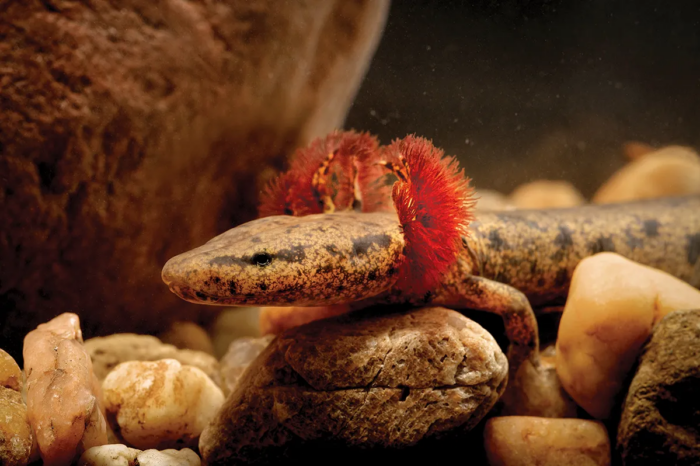
SELC’s work addressing climate change, fighting for clean water, and our conservation efforts help to protect all kinds of salamanders in the South. To celebrate the Endangered Species Act’s 50th anniversary we are highlighting some of the endangered and threatened salamanders of our region.
Neuse River waterdog
The Neuse River waterdog, also known as the Carolina mudpuppy, can only be found in the Neuse and Tar-Pamlico River systems in North Carolina. This rare aquatic salamander spends its entire life underwater, gathering oxygen through external gills on the side of its neck. The Neuse River waterdog received protection under the Endangered Species Act in 2021.
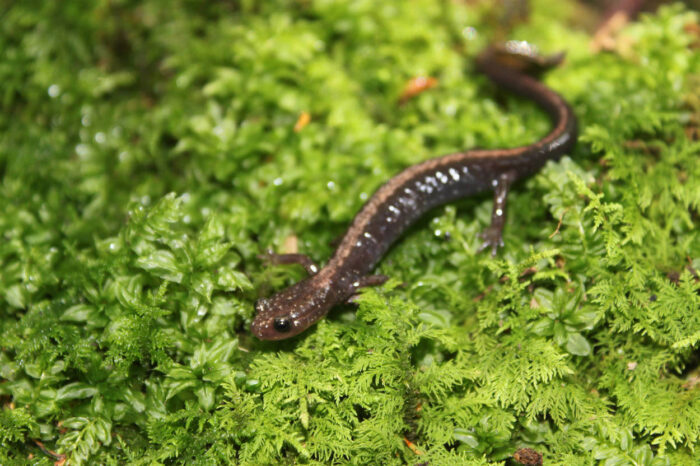
Shenandoah salamander
This rare species can only be found on the three highest mountains in Virginia’s Shenandoah National Park. The Shenandoah salamander lives on land its whole life, and like two-thirds of all salamanders, has no lungs and absorbs oxygen through its skin. In 1982 the Fish and Wildlife Service classified this salamander as endangered under the Endangered Species Act.
Reticulated and frosted flatwoods salamanders
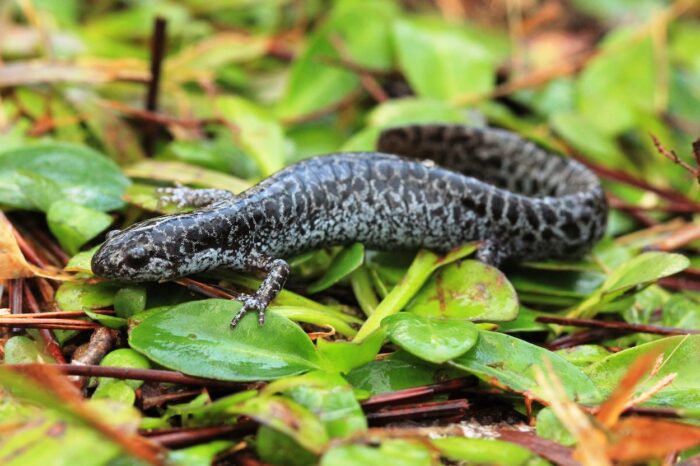
These beautiful salamanders make their homes in flatwoods, Longleaf pine savannah ecosystems that require naturally occurring wildfires. Habitat loss has caused the populations of flatwoods salamanders to dwindle. Both species exist in isolated tracts in the Florida panhandle and South Georgia, but the reticulated species also has a very small population in coastal South Carolina.
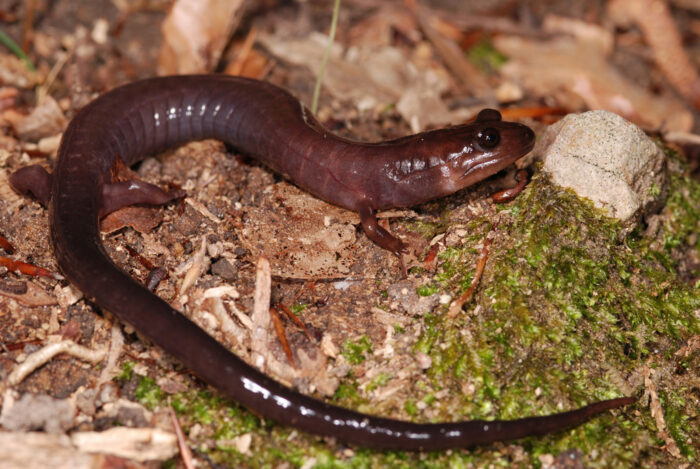
Red Hills salamander
The state amphibian of Alabama, the Red Hills salamander is secretive and rather large for a lungless species, growing up to 10 inches. Residing in only six counties in the Red Hills region of south-central Alabama, this salamander is one of two endangered species in Alabama and received federal protections in 1977.
Black Warrior waterdog
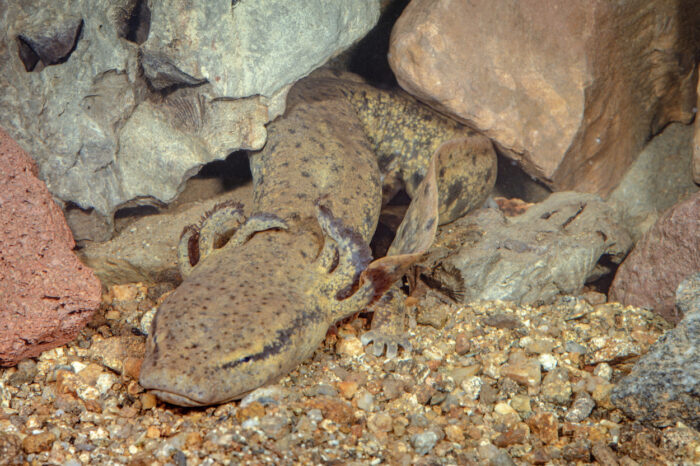
Another waterdog species, the Black Warrior waterdog is also aquatic and spends its entire life underwater using external gills to breath. Found only in the upper Black Warrior River Basin, little is known about this rare species that was declared endangered in 2018.
Salamanders may be small, but the role they play in our natural systems is complex. As we celebrate the Endangered Species Act 50th, let’s rally to protect these incredible creatures from the threats they face in our changing world.
